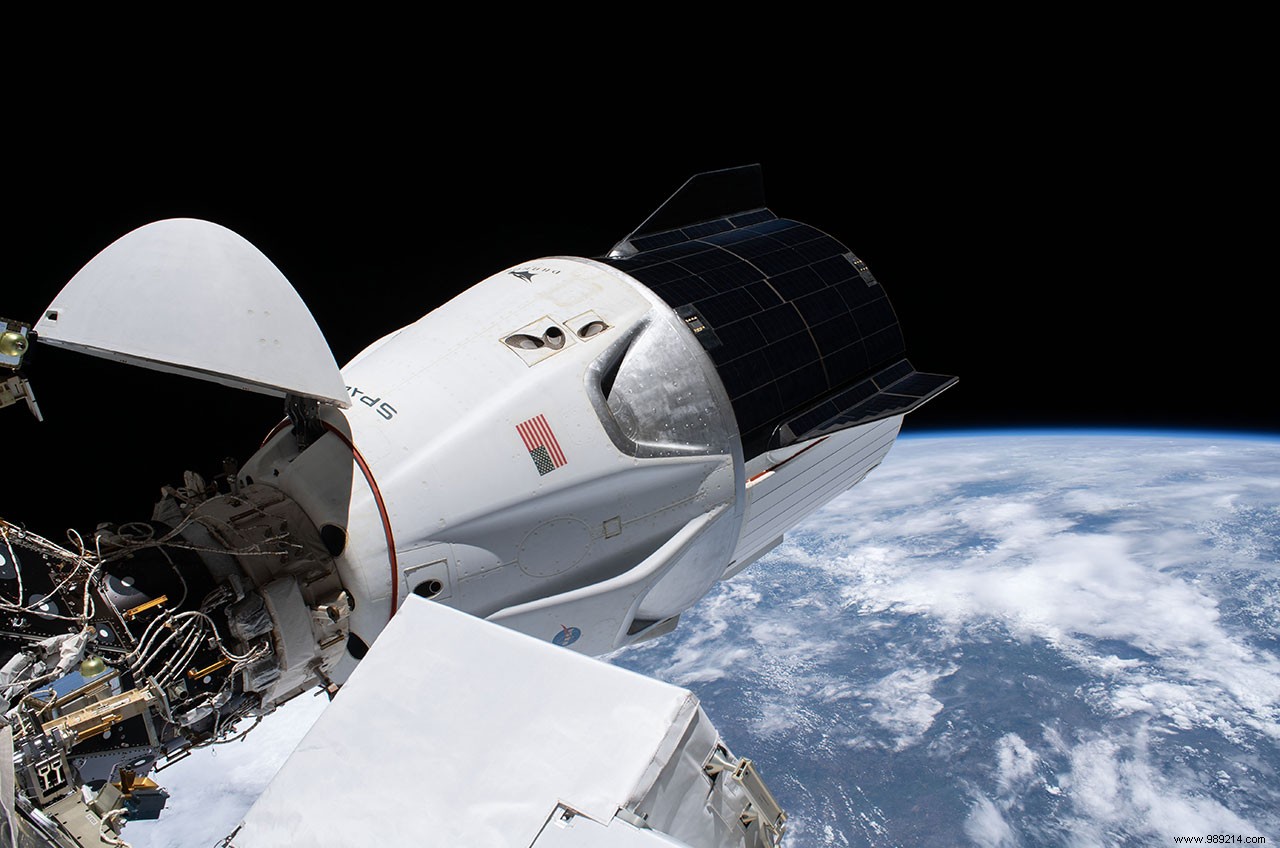While Boeing appears to have ironed out software issues with its Starliner capsule, the company now has to contend with SpaceX, which occupies the land. In a few months, a parking space could nevertheless become available in orbit. And Boeing will have to take the chance.
Small reminder of the context. NASA made a commitment in 2014 with two private service providers, SpaceX and Boeing, to operate commercial flights to the ISS (freight and astronaut transport).
On the one hand, SpaceX has developed its Crew Dragon capsule. On the other, Boeing has developed its Starliner capsule. The first spacecraft has already been active for several months and has already transported astronauts to the ISS twice (in May and November 2020). A third manned mission, in which the Frenchman Thomas Pesquet will take part as Commander, is also planned in a few days.
Boeing, for its part, has already carried out a first unmanned test of its ship. During this maneuver, Starliner had to successfully reach the ISS. Unfortunately, the ship experienced software problems as soon as it entered space. In March 2020, a report examining the reasons for this failure detailed a list of 80 fixes to be made.
Over the past few months, Boeing has therefore been working on it. His ship has been nearly ready for about five weeks. Also the company, in collaboration with NASA, is evaluating a new target launch date for its next mission. This test flight will still not carry a crew. Its main purpose will be to dock with the International Space Station.

However, if the software updates seem a priori finished, Boeing must now deal with the availability of docking ports equipped with an "international adapter". The ISS offers two. And for the moment, it is SpaceX which occupies the ground. So the question is when the Starliner test flight will be able to find a free slot.
Thomas Pesquet's Crew-2 mission is scheduled to arrive on location on April 22 and will remain attached to one of these ports for approximately six months. Then, on the following June 3, SpaceX will send a cargo mission (cargo supply) which will occupy the other docking port. Thus, there will be no anchor points available until around July 20, the approximate date on which SpaceX's cargo mission will leave the station.
This departure will open a window during which Starliner can perform its test flight. A priori, we can therefore expect this flight to take place at the earliest at the end of July or the beginning of August. If successful, Starliner will remain docked at the station for about a week before departing. And for good reason:SpaceX has already scheduled another supply mission at the end of August.

After this repeated test flight, NASA and Boeing will perform a detailed analysis of the data. For the most optimistic, this process will take about six months, which on paper would push the crewed test flight of the Starliner capsule to January 2022.
In reality, Boeing will have to wait a little longer. A parking space should indeed become available the following month. Society could therefore benefit from it, provided that it is really ready. For its part, NASA will not take unnecessary risks knowing that it already has an operational vehicle, the Crew Dragon, to meet its astronaut rotation needs.